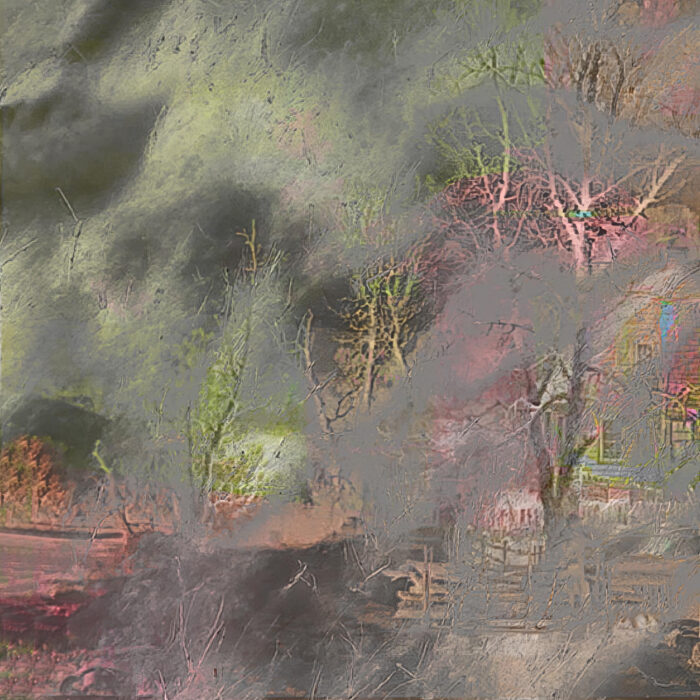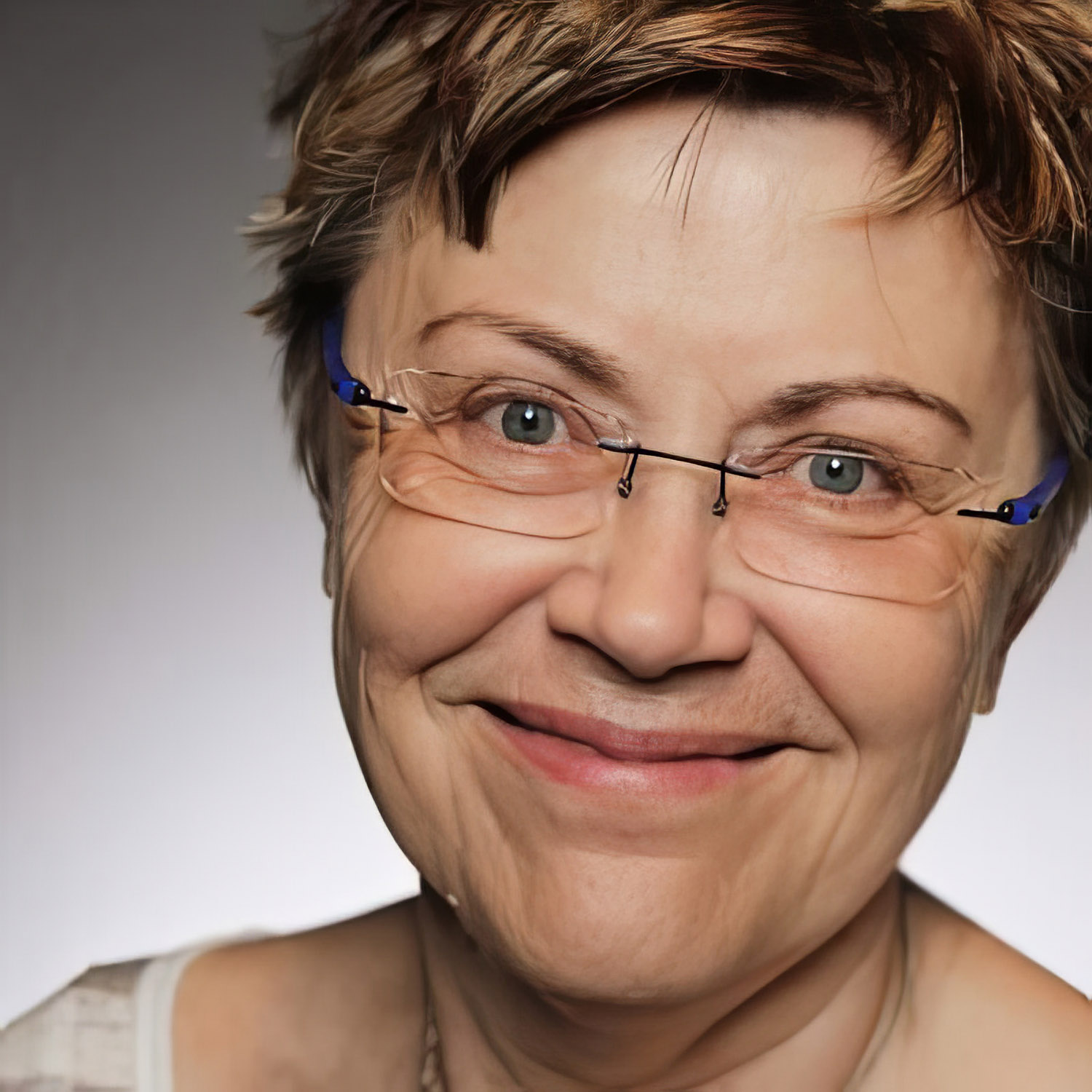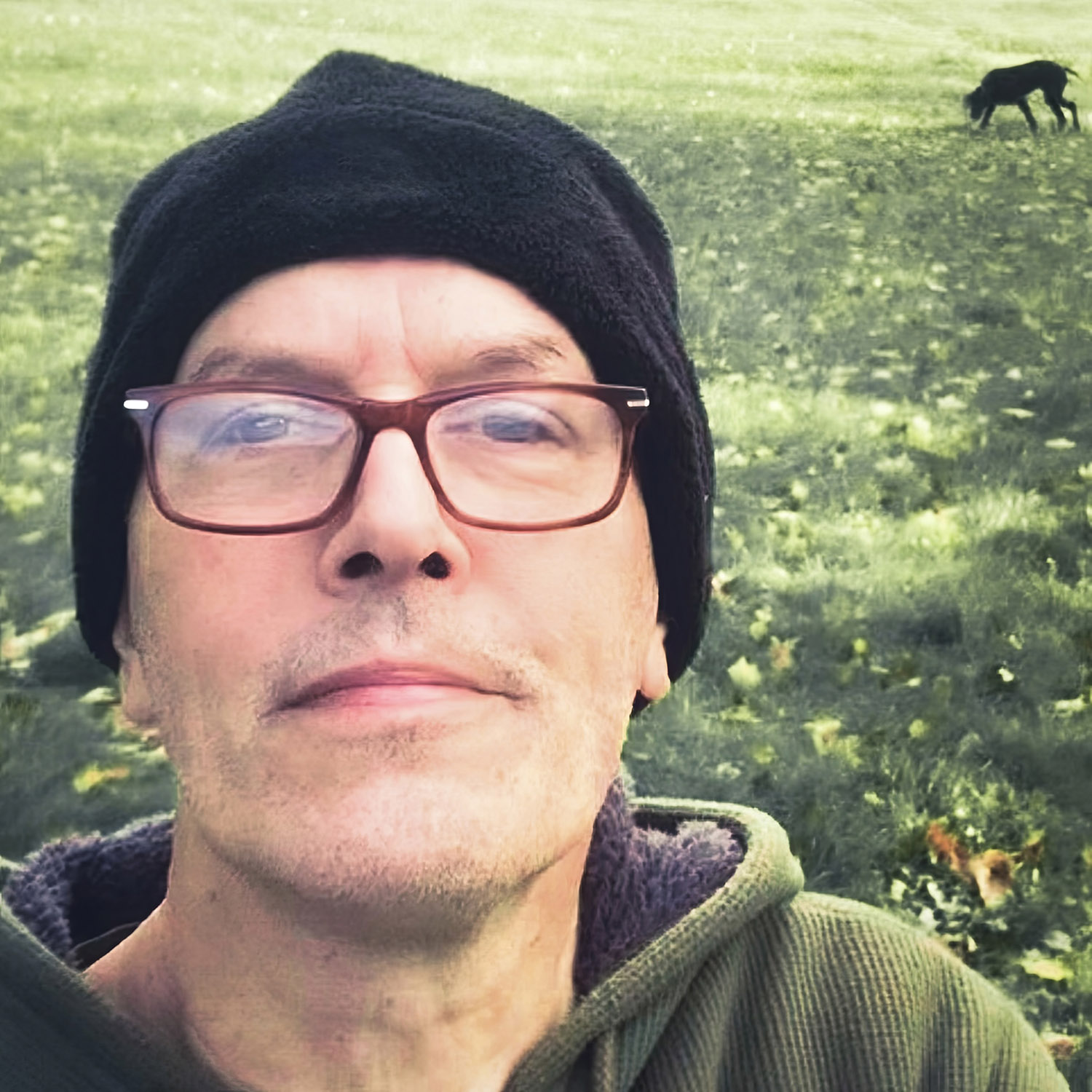OUT NOW on all digital platforms
German composer Eva-Maria Houben and American sound artist John Hudak present Paloma Wind, a fascinating new collaborative work.
This piece concentrates on the act of listening and on the process of a gradual emergence of a “we” (including both composers and listeners), which is based on the longings for a free and unlimited listening experience allowing various kinds of associations, visions and day-dreams. The two composers in co-operation are listeners—and the listeners will become composers while listening. Therefore, the composers do not try to describe in a detailed way the origin of the basic sounds and the work of converting sounds. A precise description would not allow people to imagine freely for themselves.
The composers focus on the development of a community of listeners and on the quality of the material. The piece sounds out the aesthetic potential of the sounds and attempts to sensitize the ear of the listener to the acoustic possibilities. The aim is to support inner and outer listening. Following this path to free listening, sonic material and musical material melt. In our listening, we may find mixtures of various sounds belonging to different social, cultural, musical, sonic environments. All kinds of objects are suitable to widen our sensitivity.



